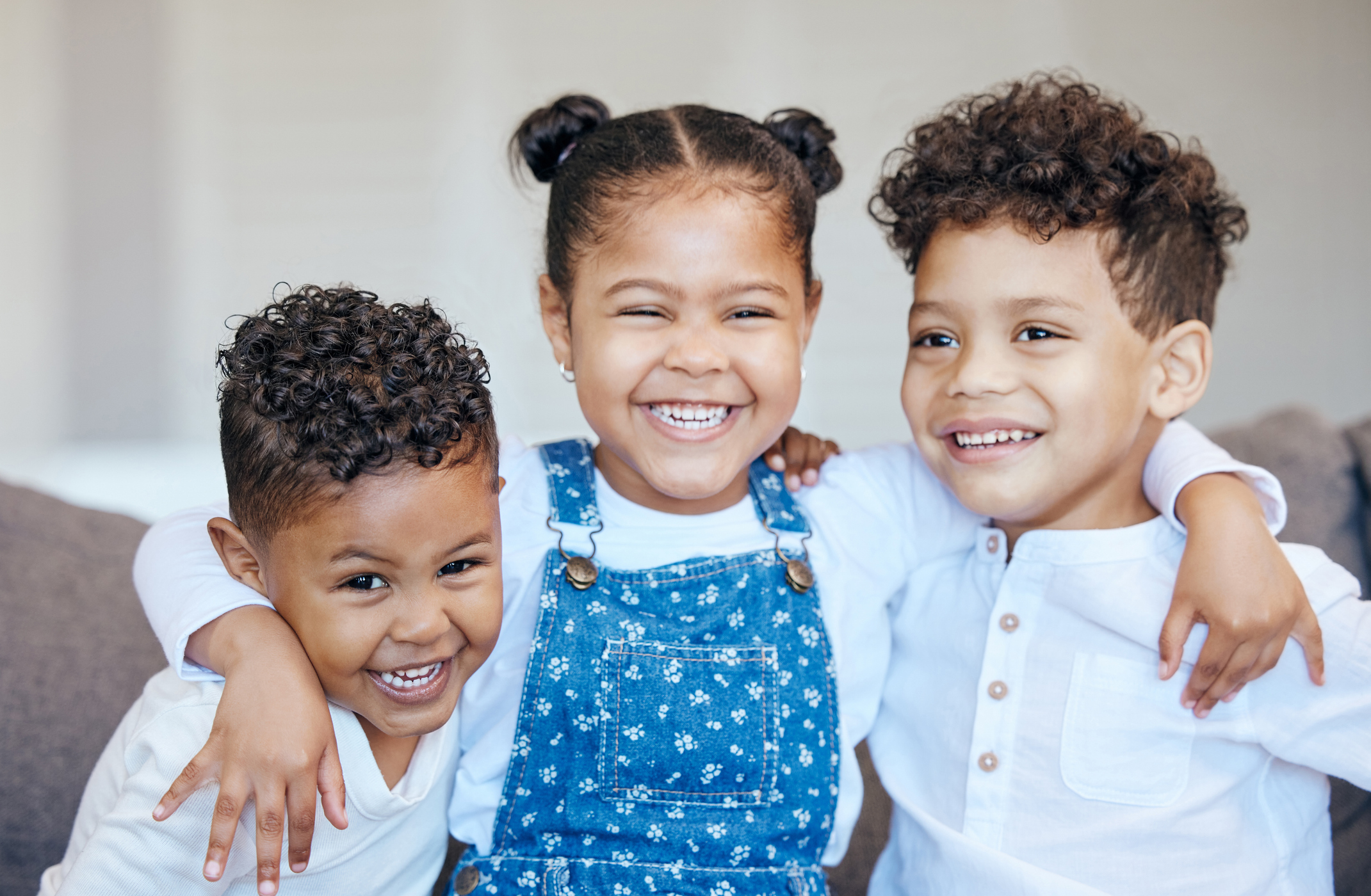Child care subsidies are one of the six most effective strategies that a state can implement to make sure children get off to a healthy start and thrive, and that promote greater equity in child wellbeing.
Child care subsidy programs provide financial assistance to help make child care more affordable for families with low incomes. States demonstrate leadership in child care subsidy policy by making policy choices to improve families’ access to child care through increasing reimbursement rates, reducing cost burdens on families, and covering a substantial portion of the true cost of providing child care.
The most rigorous research studies show that receipt of child care subsidy and greater state subsidy spending per child:
| IMPACT OF CHILD CARE SUBSIDIES | EVIDENCE OF IMPACT |
Increases enrollment in formal child care settings |
|
Increases maternal employment |
|
Increases a family’s economic security |
|
Visit the Clearinghouse for the comprehensive evidence review on Child Care Subsidies.
The prenatal period to age 3 is the most sensitive and rapid period of growth for the brain and body. State policy choices have a substantial impact on the wellbeing of infants, toddlers, and their parents, and on promoting equity among children. See the Prenatal-to-3 State Policy Roadmap for more information on the most effective policies and strategies states can implement to help children thrive from the start.
Have questions? Please contact us.



